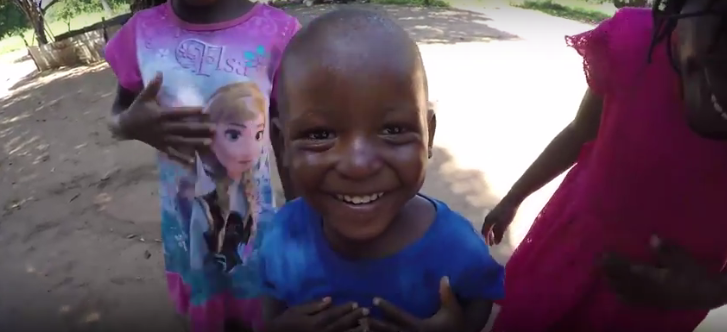The Value of Eggs to Help Prevent Childhood Stunting
The World Health Organisation (WHO) states that globally, 23% of all children under the age of five are stunted. Regionally, Oceania has the highest prevalence of childhood stunting in the world at 38.3%, closely followed by East Africa at 36.7%. Unfortunately, while globally the rate of childhood stunting has decreased, Oceania has seen a 4% increase from 2000-2016.[i]
Childhood stunting is associated with poor cognitive, motor and socio-psychological development, and can increase the likelihood of sickness, injury, and death.[ii] Children suffering from stunting are unable to reach their growth potential and often become stunted adults.[iii] Evidence suggests that this leads to the reduction in physical work capacity and thus the ability to generate income.[iv]
Childhood stunting is defined as the percentage of children under the age of 5 whose height for their age is below minus two standard deviations.
Figure 1: Countries with some of the highest rates of childhood stunting includes five countries that we work in – Malawi, Mozambique, Zambia, Ethiopia and Tanzania (in East and Southern Africa). In coming years, we aim to set up village poultry for nutrition and health programs in Oceania, including PNG, Timor Leste and Pacific Island nations.
Improving village poultry production has been linked to improving nutritional outcomes, particularly with the consumption of eggs.[v] An average egg contains 315 kJ of energy, six grams of protein and 11 different vitamins and essential nutrients including vitamins A, B12, E, K, and choline and iron. A recent study conducted in Ecuador found that the consumption of one egg a day during complementary feeding stages reduces childhood stunting and improves the growth in young children considered stunted.[vi]
To assist in combating the prevalence of childhood stunting, KYEEMA works with communities to improve village poultry production, enabling households to consume high-quality, healthy and nutritious protein from chickens and eggs. We will continue to work with communities to create food systems that enable households to consume nutritious protein and combat childhood stunting.
[i] (UNICEF, 2017)
[ii] (Pelletier & Frongillo, 2003)
[iii] (Martorell, et al., 1994)
[iv] (Spurr, et al., 1977)
[v] (Ruxton, et al., 2010)
[vi] (Iannotti L.L, et al., 2017)
Please help us spread the word on social media #buildtheflock #powerofpoultry #eggsareawesome #sdg2 #sdg3.




